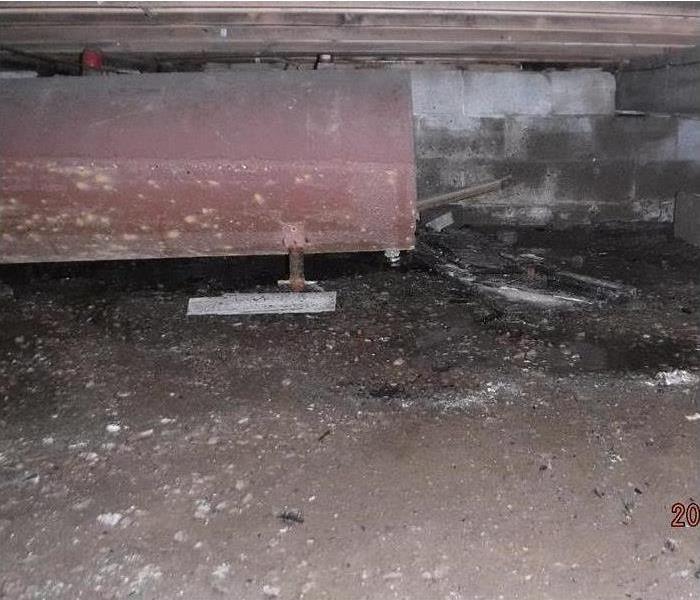4 Ways To Keep Your Home’s Pedestal or Submersible Pump in Tiptop Shape
11/15/2018 (Permalink)
How To Keep Your Sump Pump In Excellent Condition
Your Pinewood,PA, home has a basement or crawl space, which is convenient both for access and roominess. However, many basements and crawl spaces are below water tables. When water rises outside, the pedestal or submersible pump in your basement removes it before it can cause damage. Here are four ways to keep your home’s sump pump in excellent condition.
1. Inspect the Pump
The only way to know whether you need pump maintenance is to routinely inspect the equipment. Remember, sump pumps often operate only a few months out of each year. The rest of the time, they are dormant. Before the rainy season, pull the pump out of its hole and take a look at it. If you see cracks, corrosion or other signs of damage, you may need to replace the pump.
2. Consult the Owner’s Manual
Some pedestal and submersible pumps require re-greasing. With others, you must occasionally replace worn or brittle gaskets. Your pump’s owner’s manual should tell you what type of routine maintenance you must perform to keep the pump operating optimally.
3. Test the Electrical System
Your sump pump runs on electricity. Therefore, it has a cord and a motor. It may also have an internal fuse. To avoid flooding, test electrical functionality every few months. Specifically, inspect the cord and outlet for wear and tear. Also, pour a bucket of water into the hole to see if the pump engages.
4. Look at the Sump
The hole that your pump sits inside is called the sump. As you may suspect, this space can accumulate debris. At least once per year, remove the pump and inspect the sump. If you notice dirt, rocks or other debris, remove it to avoid clogging your pump.
If your sump pump fails, an emergency restoration service can clean up flood damage and mitigate mold or mildew. Before you get to that point, though, follow these tips to keep your pump in tiptop shape.






 24/7 Emergency Service
24/7 Emergency Service
